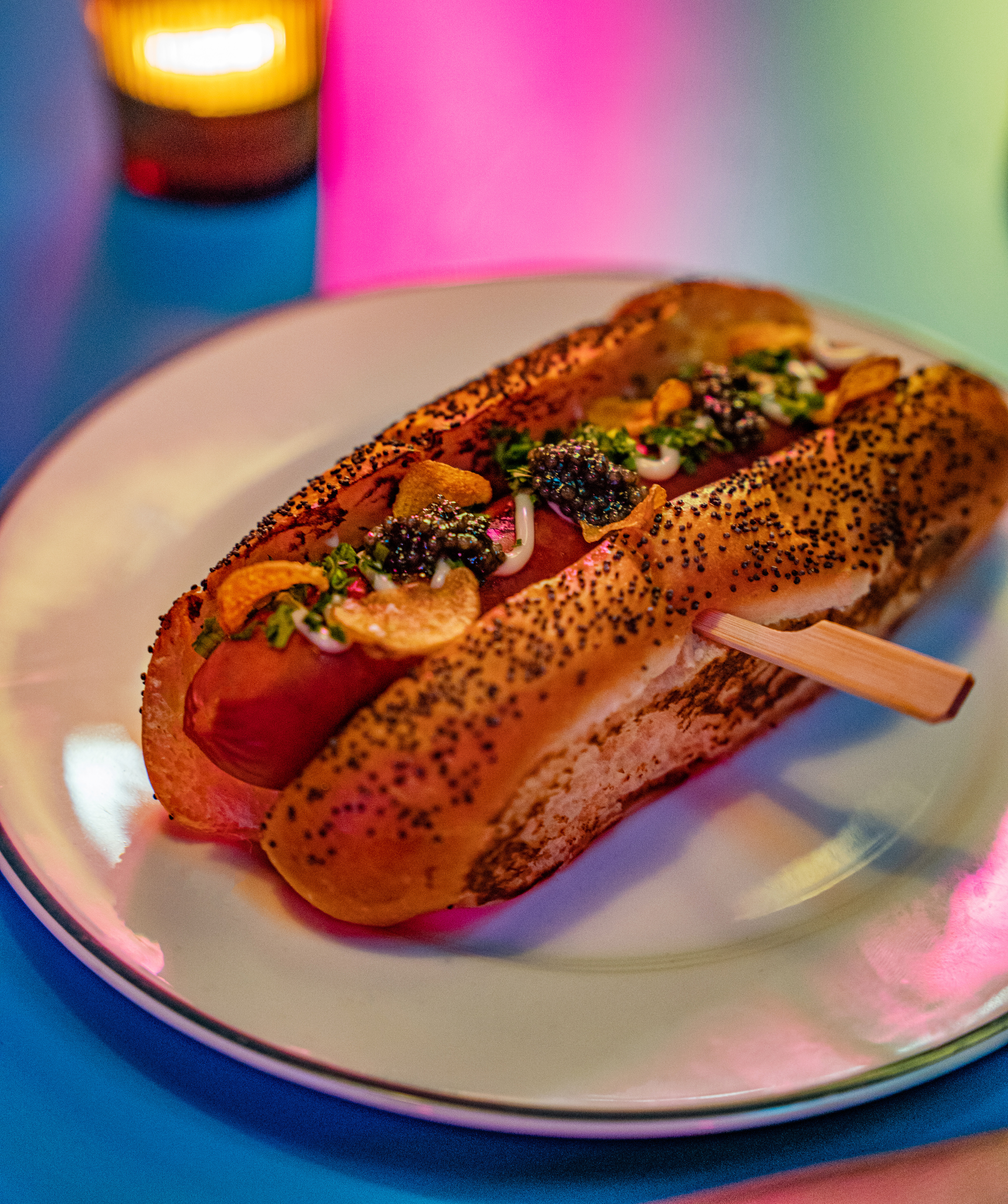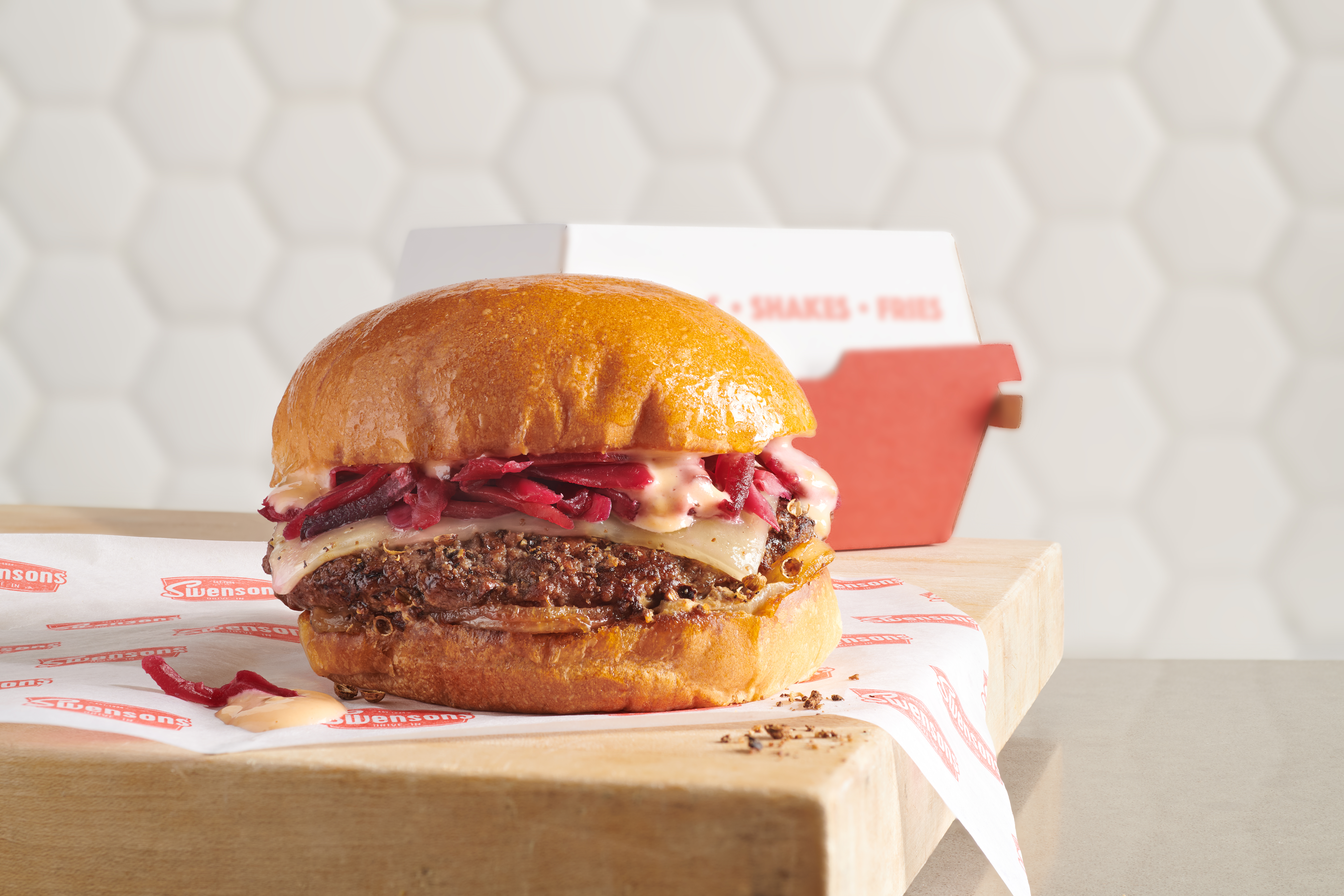Just when you thought your cache of gourmet ingredients had reached its zenith, another one slips in under the radar. Verjus (pronounced vair-zhoo by those with classic French culinary training or vair-juice by the rest of us) has been around since the Middle Ages as a medieval cooking ingredient and a medicinal remedy for a “sour stomach” or “thirsty liver.” When the lemon was brought back to France after the Crusades, verjus was left in the Dark Ages, similar to where you may be feeling you are if you’ve never heard of this classic French ingredient.
Let’s bring you up to speed.
Made from unripe grapes, verjus is used in sauces and mustards to heighten flavor much like lemon juice or vinegar. For centuries, traditional Dijon mustard has included a measure of verjus in its formula.
A spoonful of verjus on the tongue has the fruity character of a slightly sweet wine with a sharp edge and a faintly tart finish. Some might call it “sour grapes.” You can see why it falls into an ingredient category of its own.
Verjus is slightly acidic, but not enough so to be considered true vinegar. It’s not fermented, so it’s not wine. And it’s not sweet enough to be enjoyed as juice, although some vintners or “verjuicers” like it on the rocks with a splash of soda as a sort of “winemaker’s lemonade.”
Ted Bennett, owner of Navarro Vineyards in coastal Mendocino, Calif., began making verjus in 1979 by special request and with the guidance of a French-trained local chef. “He insisted that we make it from the primary crop [the clusters that form first] of our tartest and most flavorful Chardonnay wine grapes,” says Bennett.
Globally, Chardonnay grapes are the choice for verjus. Their naturally high levels of acidity provide a measure of kick to the taste. Varietals such as Cabernet Sauvignon and Merlot are good choices for harder-to-find verjus rouge. But whether in California or France, the grape’s journey from vine to bottle is similar.
“The grapes are picked at the veraison, or midpoint, of the growing cycle, when they have developed a fruitier and highly concentrated flavor,” explains Bennett. The vines then give their full attention to developing a better wine crop from the grapes that remain. That small sacrifice is a cook’s gain and not a bad deal for the wine enthusiast either.
The grapes are gently pressed. The fresh juice is stored in large stainless-steel tanks and allowed to settle for a few days. Unlike its culinary cousins, verjus goes from press to bottle quickly to protect its flavor and delicate aroma, while preventing fermenting. The best versions are processed using a cold-filtering method. Flash-pasteurized versions convey an undesirable cooked flavor.
“This is no problem as a cooking ingredient,” says Bennett, “but is a definite disadvantage when the verjus is used in a salad.” Verjus requires refrigeration after opening and has a shelf life of approximately two years.
For as simple and unadulterated as it is, verjus has a complex taste: reminiscent of wine, French versions — primarily from the Dordogne Perigord region in the southwest — deliver a more intense fruit flavor with a slight acidic edge. Domestically, California verjus projects green apple tartness. No matter where verjus is made, it comes in different quality levels, all driven by the same variables that go into growing a good wine grape such as varietal, appellation and crop level.
| Where in the World Can I find Verjus? Online: Albert Uster Imports Inc.www.auiswiss.com or 1-800-231-8154 You’ll find two versions of verjus from Perigord under the Savoir Fare label. Choose from a 750ml (24.5 ounce) bottle for $15.95 or an 850ml bottle (28.7 ounces) that comes with the grapes, an interesting extra for sauces and salads. It retails for $16.95. Locally: J. Pistone Market and Gathering Place3245 Warrensville Center Road, Shaker Heights(216) 283-3663One of the only specialty food markets in the area to carry the product. Online Verjus Cookbook:Navarro Vineyards, Mendocino Valley, Calif., offers an online cookbook and a downloadable, printable version featuring 22 verjus recipes with an emphasis on seafoods.www.navarrowine.com/verjus/index.html |
Pamela Waterman, executive chef at Lockkeepers in Valley View, uses verjus as an upmarket substitute for lemon juice or vinegar in marinades and salad dressings and for a subtle blanket of flavor on poultry, fish and seafood. “It’s crisp, fruity and has a nice bright flavor,” she says. “It doesn’t scream at you.”
Waterman regards verjus as a condiment to boost, not upstage or mask, the taste of the main attraction. “It’s excellent as a splash on roasted vegetables, for deglazing pans, poaching fruits and in seafood recipes, especially ceviches,” she says. “Whisked with a little butter, it makes a light sauce with a particularly nice finish, perfect for poultry and fish.
“The true beauty of verjus,” says Waterman, “is that it shares the same acid base as wine.” For Waterman, that means the dishes she prepares using verjus will not distort the essence of the accompanying wine — and that opens wide the possibilities for wine pairings.
Christopher Oppewall, sommelier at Lockkeepers, agrees that verjus is an exciting element to work with in wine pairings. “It brings some of the same flavor aspects in a dish as vinegar would without the total destruction that vinegar brings on the palate,” he says.
While verjus may be centuries old, it hasn’t strayed too far from its home in the wine-growing regions of the world. But it is experiencing a culinary revival of sorts, finding its way into more cookbooks and onto more restaurant menus. It might be just the thing for cooks who crave new flavors — and new ways to impress their dinner guests. |!|
Trending
-
1
-
2
-
3
-
4
-
5










